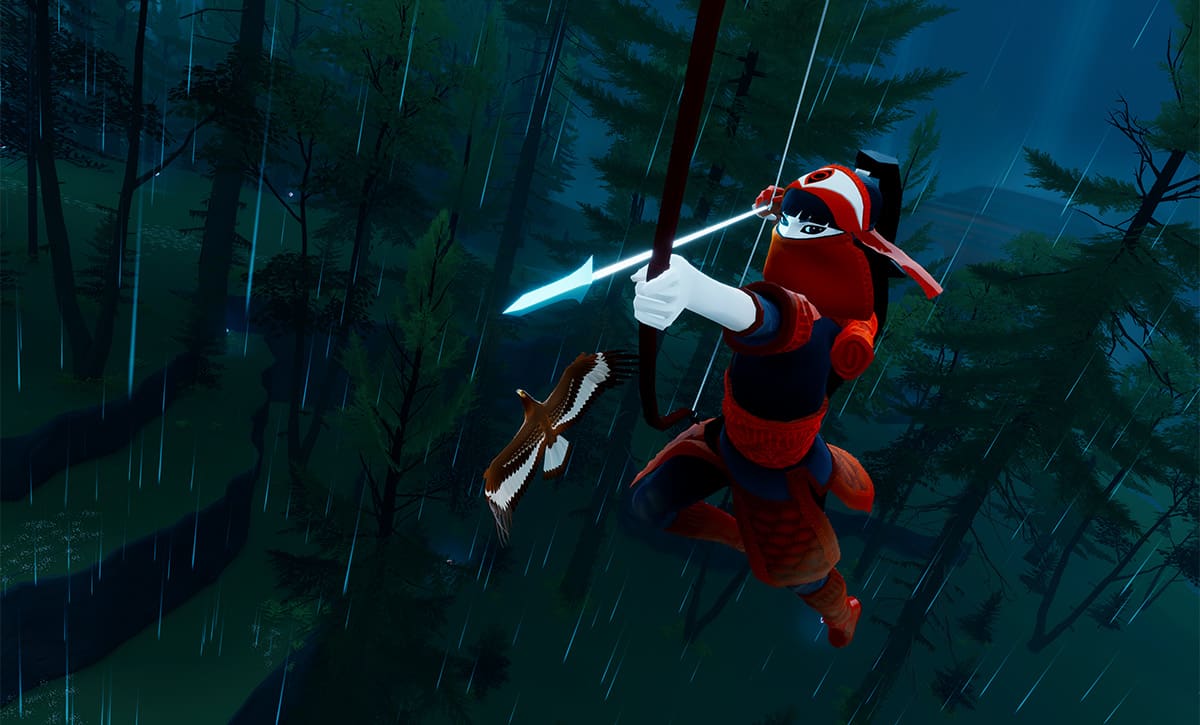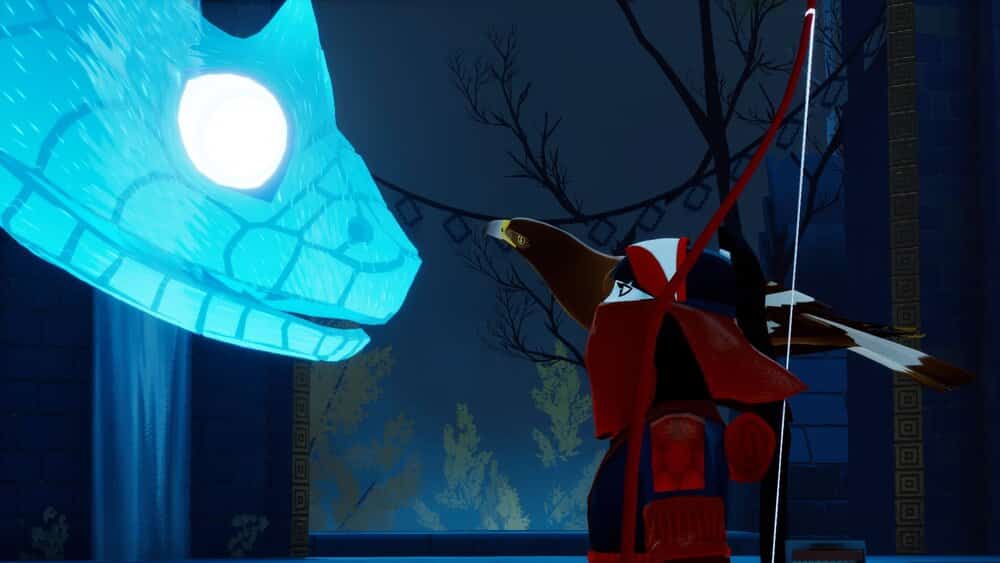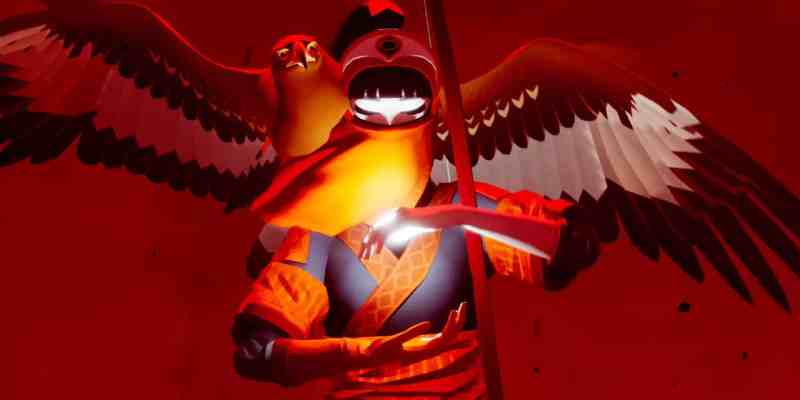The Pathless is a fantastic game that understandably got a bit lost in the shuffle of the next-gen console bonanza. Despite launching alongside PlayStation 5, I personally had to hold off on playing it until after I finished a bunch of the bigger November games like Spider-Man: Miles Morales, Yakuza: Like a Dragon, and Demon’s Souls. But once I finally got around to giving it my full attention over the holiday break, I was floored by what an incredible accomplishment the entire thing was, particularly in its wonderful boss encounters.
The second game from Abzu developer Giant Squid, The Pathless feels much larger in scope than most games from studios of this size. And despite having some similarities in tone and structure to some of my favorite games, including Journey, Shadow of the Colossus, The Legend of Zelda: Breath of the Wild, and even Dark Souls, the final product stands apart, particularly because of how hopeful it ultimately feels.
The Pathless is composed of four open-ish biomes that you’re free to explore at your own pace. Each large area is filled with ancient ruins that whisper of a civilization that once was, adorned with bodies that act as snapshots of the final moments of their former owners. These ruins also contain a wealth of relatively familiar, but satisfying puzzles that yield the currency needed to upgrade your ability to traverse the world, much like Shrines with Spirit Orbs in Breath of the Wild. And this is key, because a fantastic sensation of movement is the cornerstone of The Pathless and ultimately the heart of what makes its boss encounters so memorable.

The Pathless proceeds at a slow, trodding pace if you just move on foot. But much like in Sunset Overdrive, if you’re simply running on foot, you’re doing it wrong. Instead, the nameless hunter that you inhabit has the ability to fire a bottomless supply of arrows at floating talismans that liberally pepper the environment, stretching out in various directions that pique your curiosity. Hitting a talisman fills your boost meter and causes your hunter to momentarily sprint and surf through the environment in a way similar to how Journey bestowed a satisfying momentum to your wanderer as you slid down steep dunes. Time it right, and you can string together a consistent series of talisman shots, maneuvering through each biome with an ethereal grace.
However, each area is home to a roaming god, once benevolent but now corrupted by a terrible malice. They’re represented by swirling storms of deep red hate and anger that crash across the land like rolling storm clouds, always searching for you, the intruder. Your goal in each area is to climb three towers and light their respective braziers, which weakens the corrupted gods. They then take the form of massive and twisted creatures you’d find in nature, enough to allow you to do battle with them. These battles draw heavily from Shadow of the Colossus and Soulsborne encounters, but with an optimistic twist.
Each fight starts off with an exhilarating chase through the area you’ve just explored, trying to catch up with the respective god while they hurl projectiles at you. This is where the game’s arrow-based traversal really shines. I had to juggle the act of dodging the rain of fire and maintaining a string of talisman hits to keep up my momentum, all the while inching closer to the beasts so I could fire off an arrow at one of its weak points. Fortunately, The Pathless’s auto-aiming does such a smart job of focusing on exactly what you want it to that the multitasking never becomes a nuisance, and it instead adds a thrilling level of danger to your accomplishments. Even better, Austin Wintory’s transcendent score adapts to your every decision and elevates the whole experience. It’s right up there with his work on Journey as some of my favorite video game music of the past decade.

Once you finally manage to slow down the rampaging beasts, each boss has a puzzle-like arena phase where you have to pay close attention to their actions, figure out their weakness, and exploit it in order to ultimately defeat them. If the prior chases feel like each of the hunts from Shadow of the Colossus, then these final phases more closely mirror the white-knuckled trapeze act of a Soulsborne encounter — but with a safety net. If you get banged up too much in the fight, you simply get knocked out of the arena and have infinite chances to recompose yourself and try again. It keeps the tension high, while avoiding any sort of frustration that stems from repeated failure.
Like with the aforementioned games, with enough perseverance, you’ll eventually be able to overcome your foe. But instead of killing the god and being left with even more sorrow — which is what’s at the core of both Shadow of the Colossus and some of the more iconic Soulsborne encounters — you end up cleansing each of them and freeing them from their corrupted bondage. You’re not left wondering if you’re contributing to the ruin of this world — on the contrary, you’re single-handedly bringing life back to it. In the face of such bleak and overwhelming odds, this hopeful turn was just what I needed in 2021, and the game’s distinctive optimism elevates The Pathless from being a good game to being a great one.
